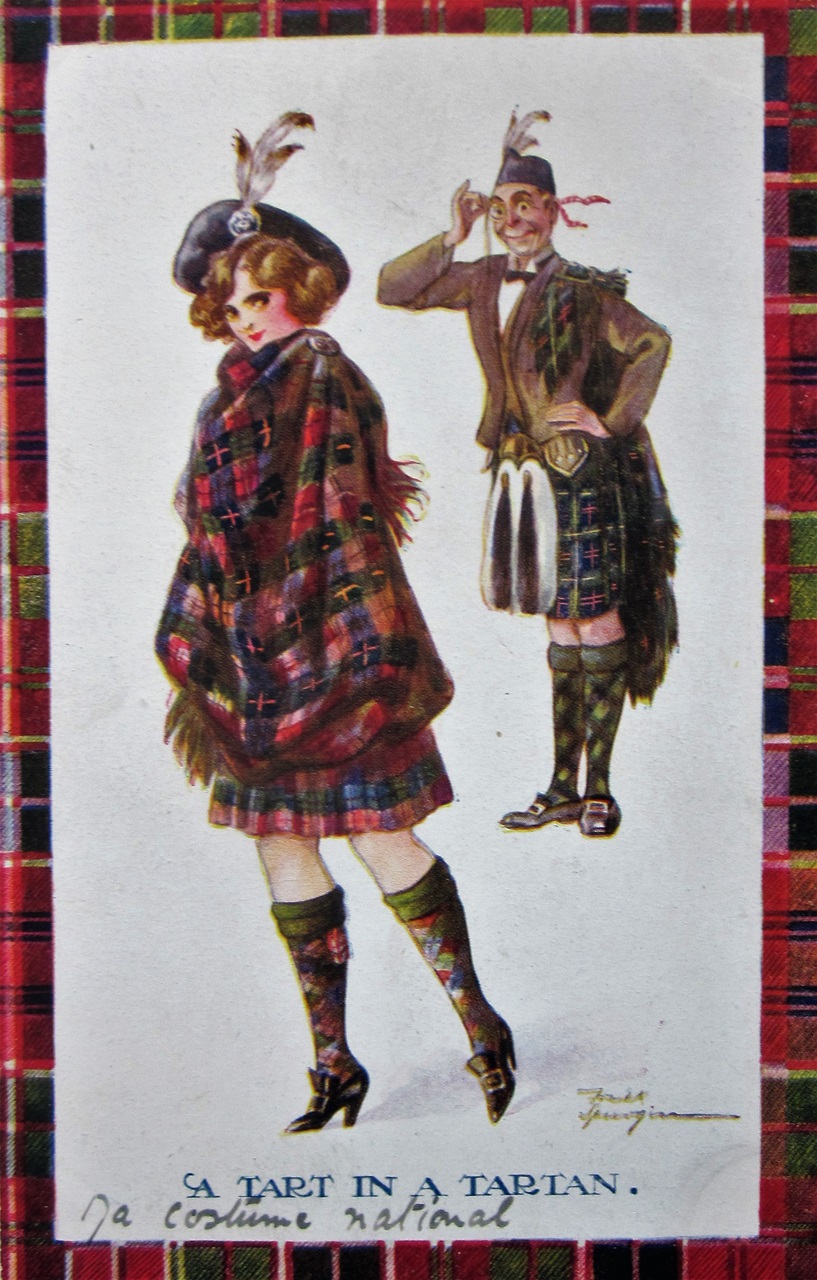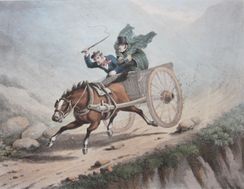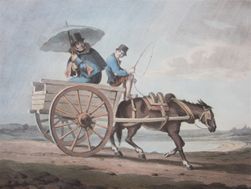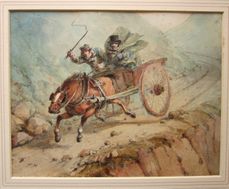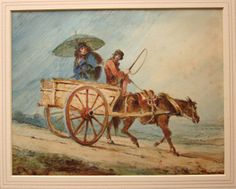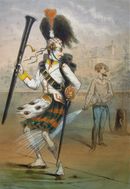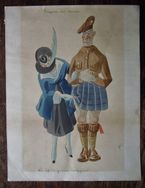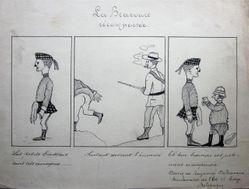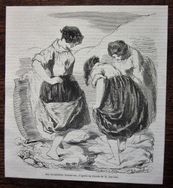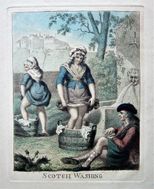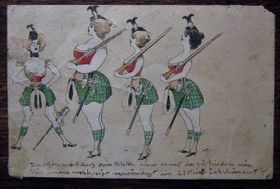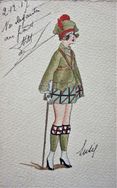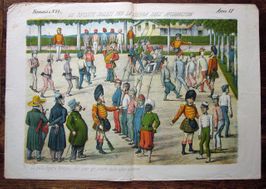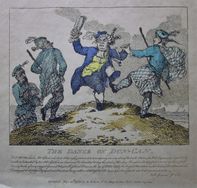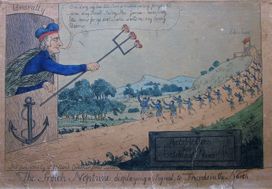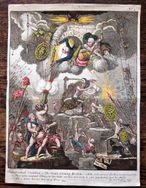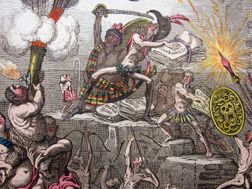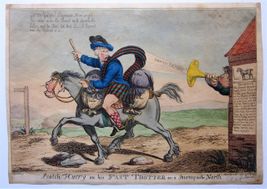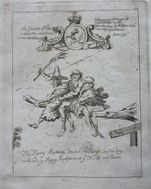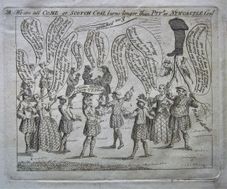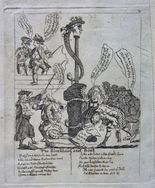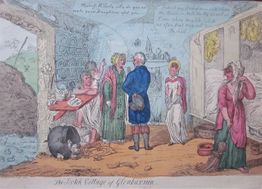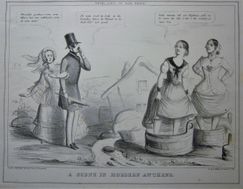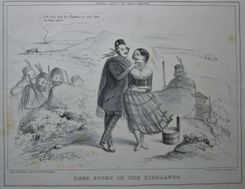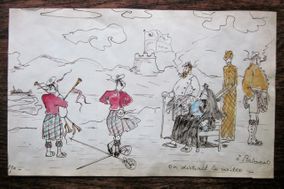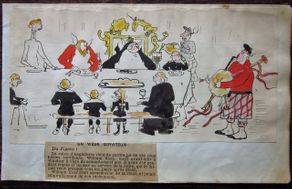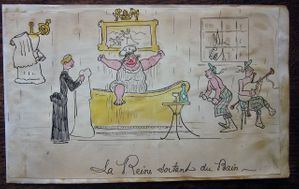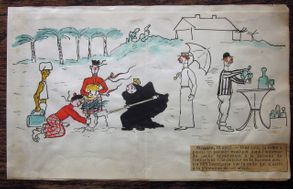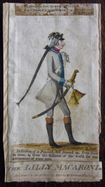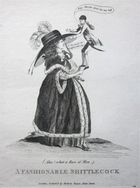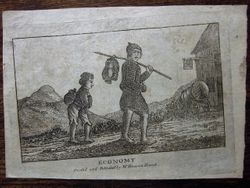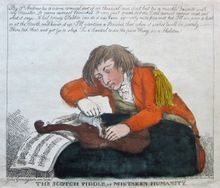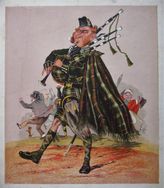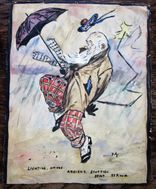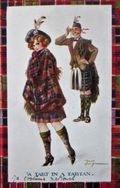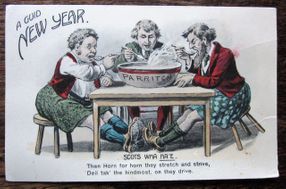Scotland Mocked: The Highlands seen through the eyes of the Cartoonist.
I have a particular penchant for antique caricatures, and am always delighted when I can find such items relating to Scotland. They are often great fun, but they can also give interesting insights into attitudes at the time they were published. These are examples from my collection.
To see the last few images you must click on one of the photographs passing through on the slide show, and proceed manually. For reasons beyond my understanding of technology they will not appear in the slide show. Apologies.




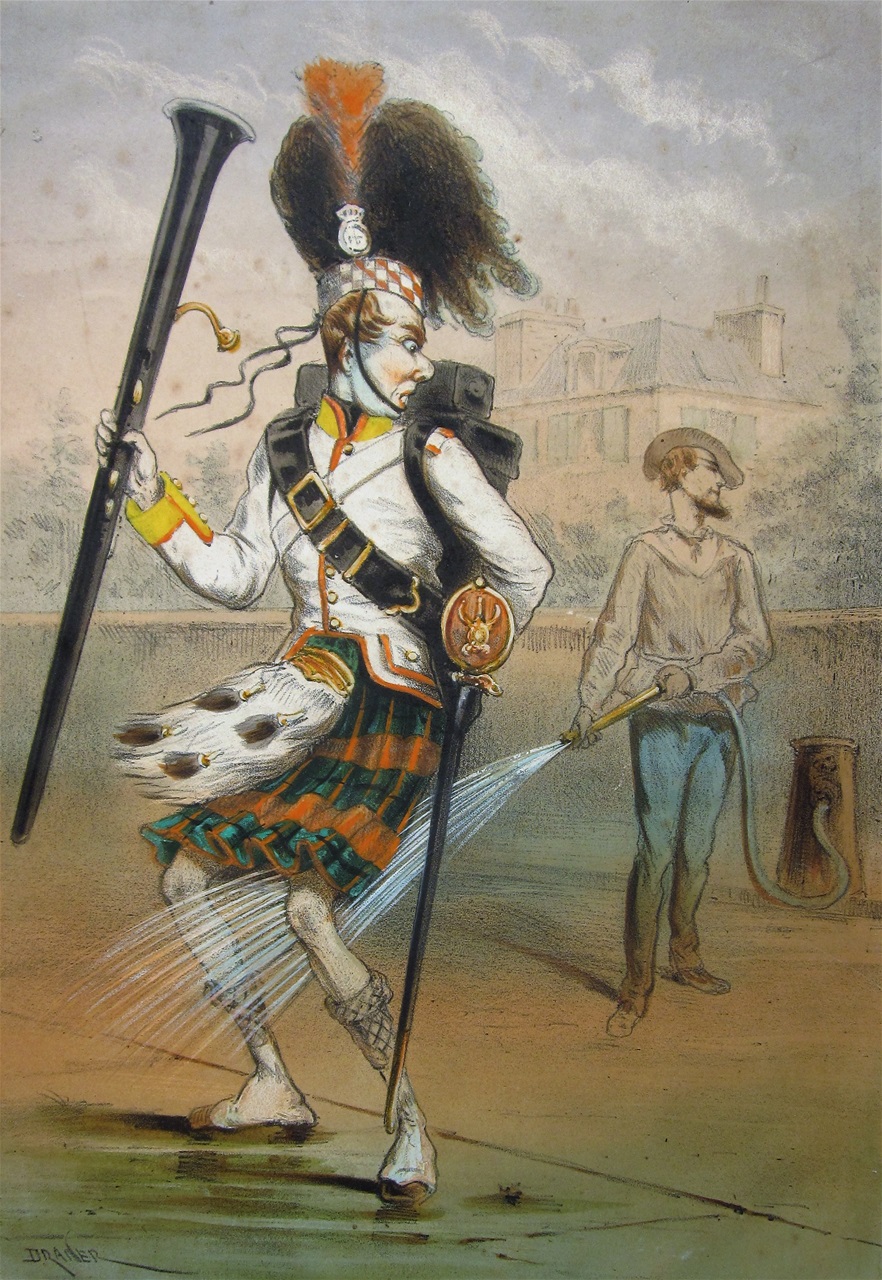





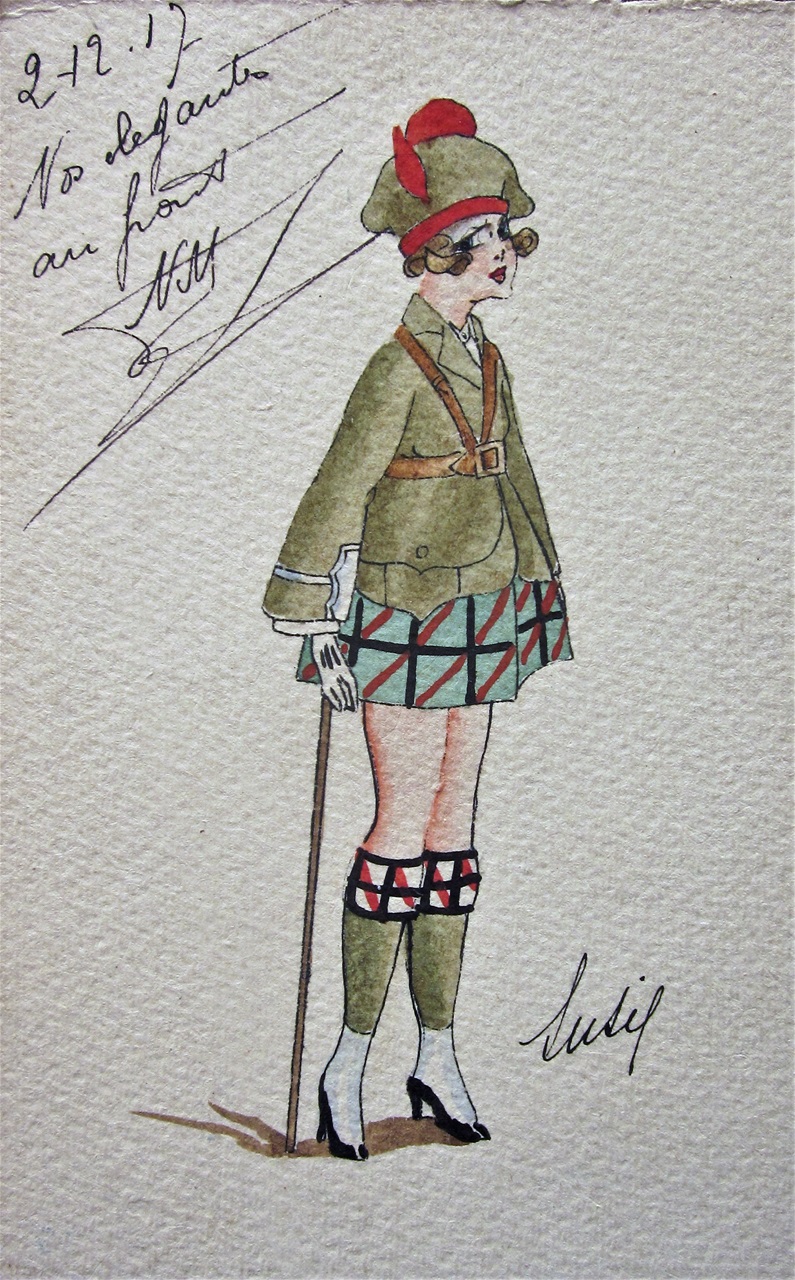










![More Scotch washing here. "A Scene in Modern Athens [Edinburgh]." A caricature published by Fores, artist unknown. Prince Albert is delighted to see the lady "danse de Minuet in de Vash-tub! Vere goad." More Scotch washing here. "A Scene in Modern Athens [Edinburgh]." A caricature published by Fores, artist unknown. Prince Albert is delighted to see the lady "danse de Minuet in de Vash-tub! Vere goad."](/____impro/1/onewebmedia/i285415639449742773.jpg?etag=%2275b01-638d3d3c%22&sourceContentType=&ignoreAspectRatio&resize=804,624)





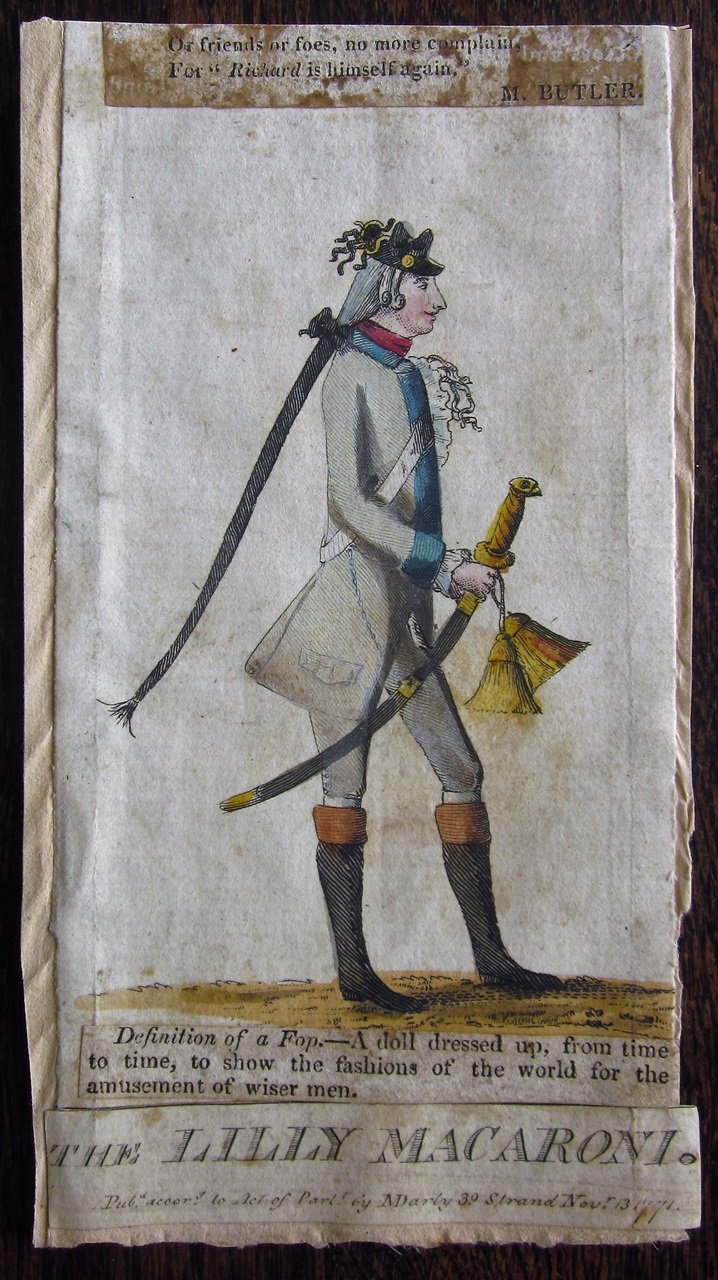




!["Light[n]ing, Havoc, Ancient Scottish Seat Struck!" An early 20thC caricature, monogrammed 'F.G.' I have learnt that this is a copy of a Lawson Wood cartoon. "Light[n]ing, Havoc, Ancient Scottish Seat Struck!" An early 20thC caricature, monogrammed 'F.G.' I have learnt that this is a copy of a Lawson Wood cartoon.](/____impro/1/onewebmedia/i285415639452389792.jpg?etag=%2292d44-638d3d89%22&sourceContentType=&ignoreAspectRatio&resize=516,624)
